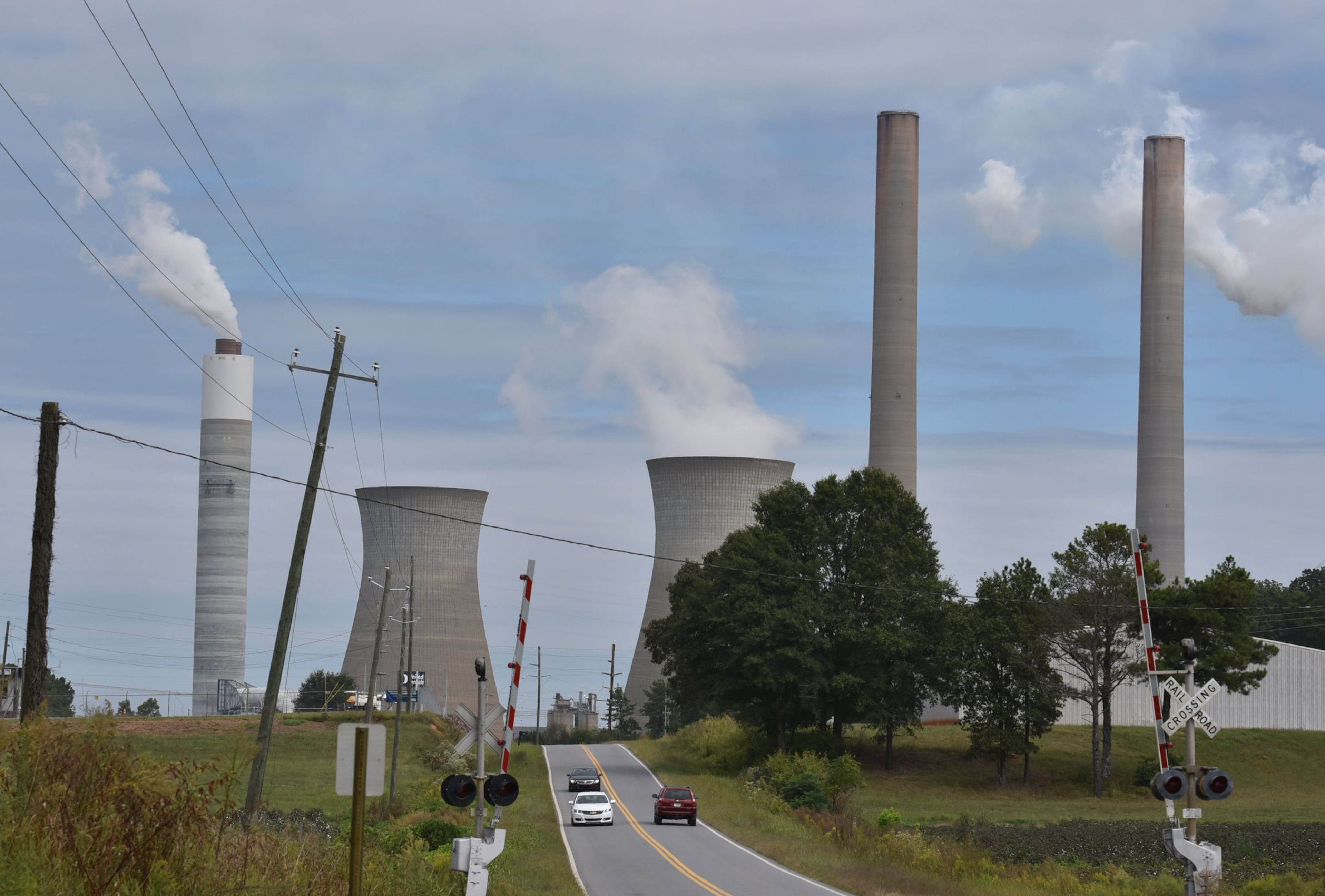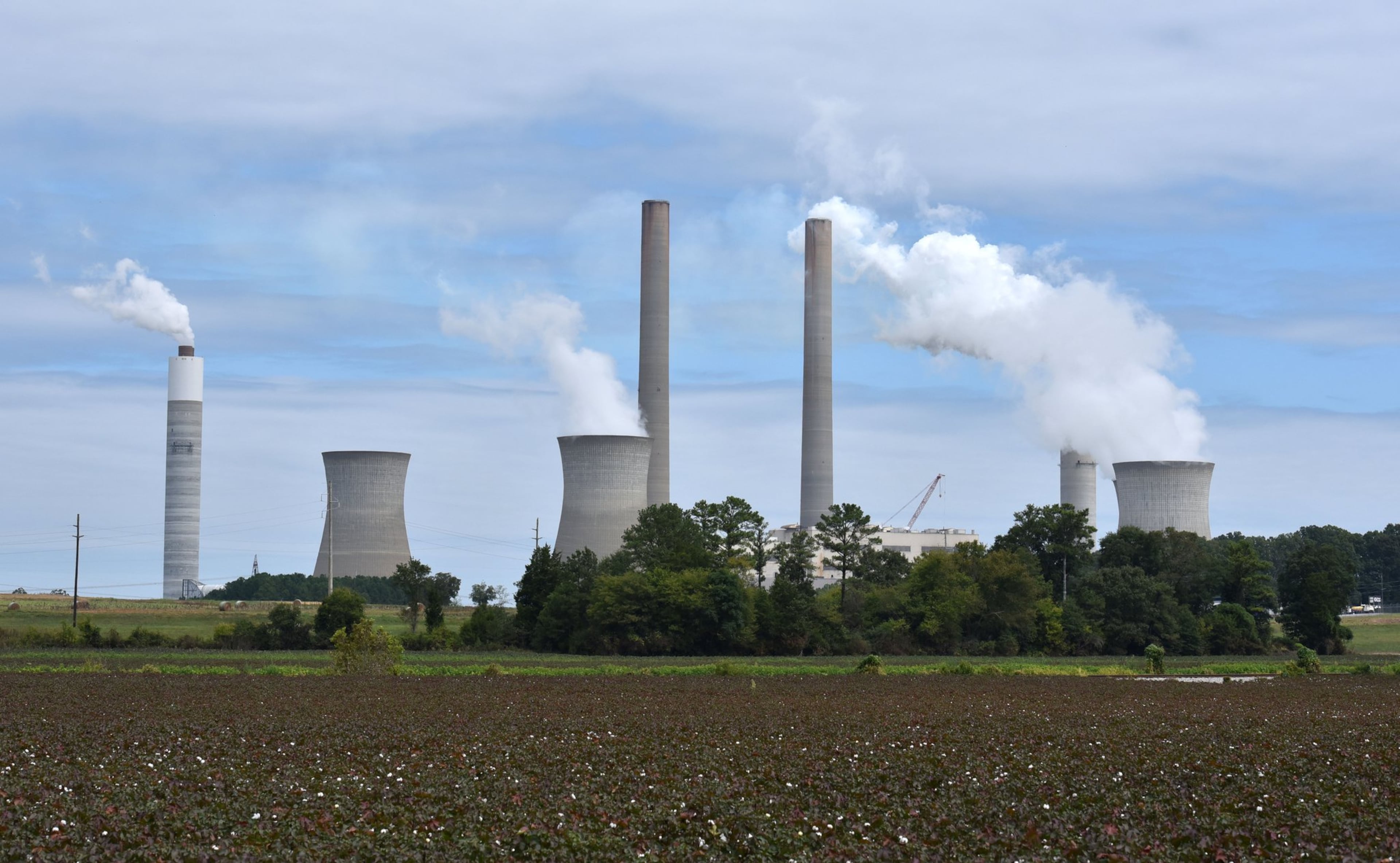Natural gas turbines, batteries and some solar are included in a huge proposed expansion of the utility’s power generating capacity.

Credit: Hyosub Shin
Georgia Power is proposing an unprecedented 10,000-megawatt expansion in roughly five years. (Hyosub Shin/AJC 2015)
The utility is proposing an unprecedented 10,000-megawatt expansion in roughly five years.
Details of the company’s long-awaited plans were revealed late Wednesday in a regulatory filing.
The plan is far from finalized. The company needs the Public Service Commission to “certify” the new power supplies to allow it to build the new units, execute agreements to buy electricity from third parties and charge customers for the costs later on.
“The diverse mix of resources we have proposed to the Georgia PSC will help us meet the needs of a growing Georgia with reliable and resilient energy while delivering long-term value for all of our customers,” Georgia Power Senior Vice President Rick Anderson said in a statement.

Georgia Power wants to build new gas-fired units at its existing plants, including at Plant Bowen near Cartersville. (Hyosub Shin/2019)
The first is a proposal to spend roughly $15 billion to add about 8,000 megawatts of power between 2028 and 2031. To get there, the utility wants to build new gas-fired units at existing Georgia Power plants, including: Plant Bowen near Cartersville, Plant Wansley outside Newnan and Plant McIntosh near the Georgia-South Carolina border.
Georgia Power also wants permission to buy power from other gas-burning plants in Georgia and Alabama, and is seeking to install battery storage systems at nine sites across the state. At two others, the company wants to pair batteries with solar arrays.
The second component is a request to add about 2,000 more megawatts of power resources, which it says are needed as soon as the winter of 2027. The electricity supplies it’s identified to fill that need include more battery storage, plus power generated by two existing gas plants. It was not immediately clear how much the second chunk of the proposal might cost.
About 58% of the new proposed power would come from gas-fired units, an Atlanta Journal-Constitution analysis shows.
“The more we invest in fossil fuels, the more uncertain customer bills will be,” said Jennifer Whitfield, a senior attorney with the Southern Environmental Law Center. “If methane gas prices spike, customers will get pummeled with bill spikes, again.”
The company said the power resources it’s seeking to add were selected through a competitive bidding process overseen by an independent evaluator. But an AJC analysis shows nearly 80% of proposed additions would be built and owned by Georgia Power, or purchased from existing plants owned by its parent, Southern Company.
In the long-range energy plan approved by the PSC for the company in July, commission staff gave Georgia Power the greenlight to seek to add between 6,000 to 8,500 megawatts of new electric capacity.
Georgia Power has faced questions about whether its electricity demand forecasts are overly optimistic and whether all of the assets it’s seeking are necessary. The utility insists that it uses the best modeling available, but it will have to submit updated projections in the coming months to support its requests.
It’s not clear how much Georgia Power’s plan will ultimately cost non-data center customers.
The utility and the PSC have pledged to make data centers pay their fair share, and have argued the guardrails are in place to ensure that happens.
Credit: Miguel Martinez-Jimenez
An aerial view captures a large area under construction for a new data center campus near Fayetteville. Georgia Power has said increased sales to data centers could lead to “downward pressure” on residential customers’ rates. (Miguel Martinez/AJC)

